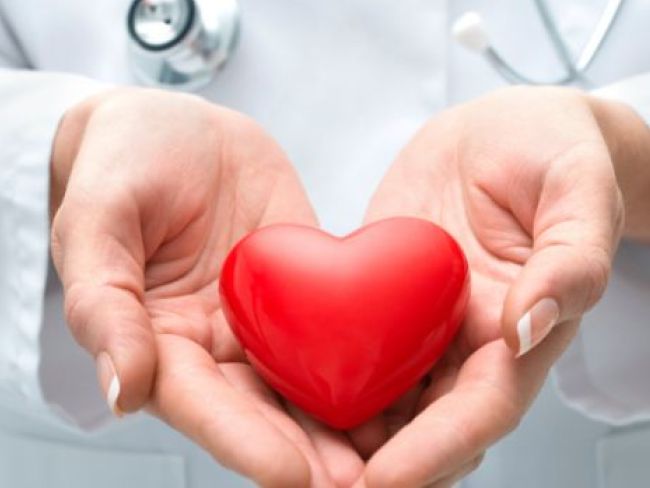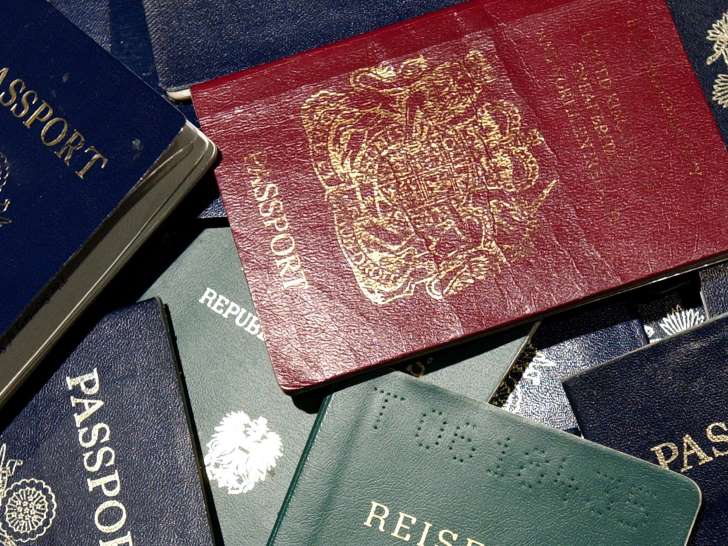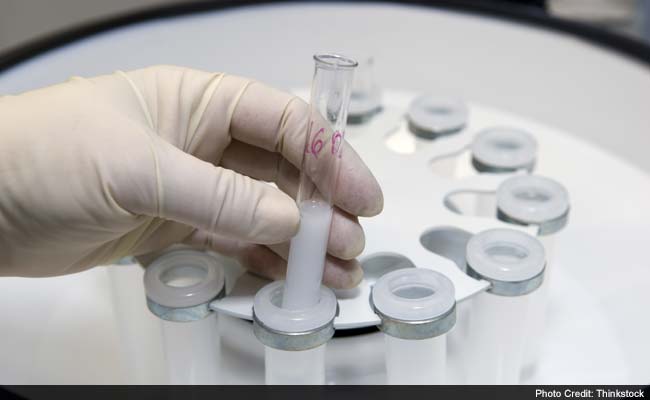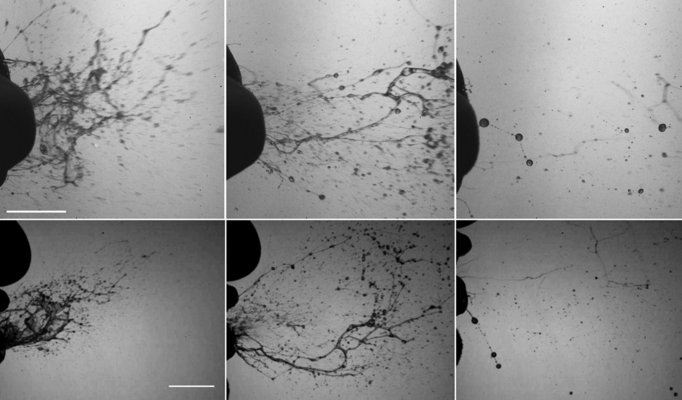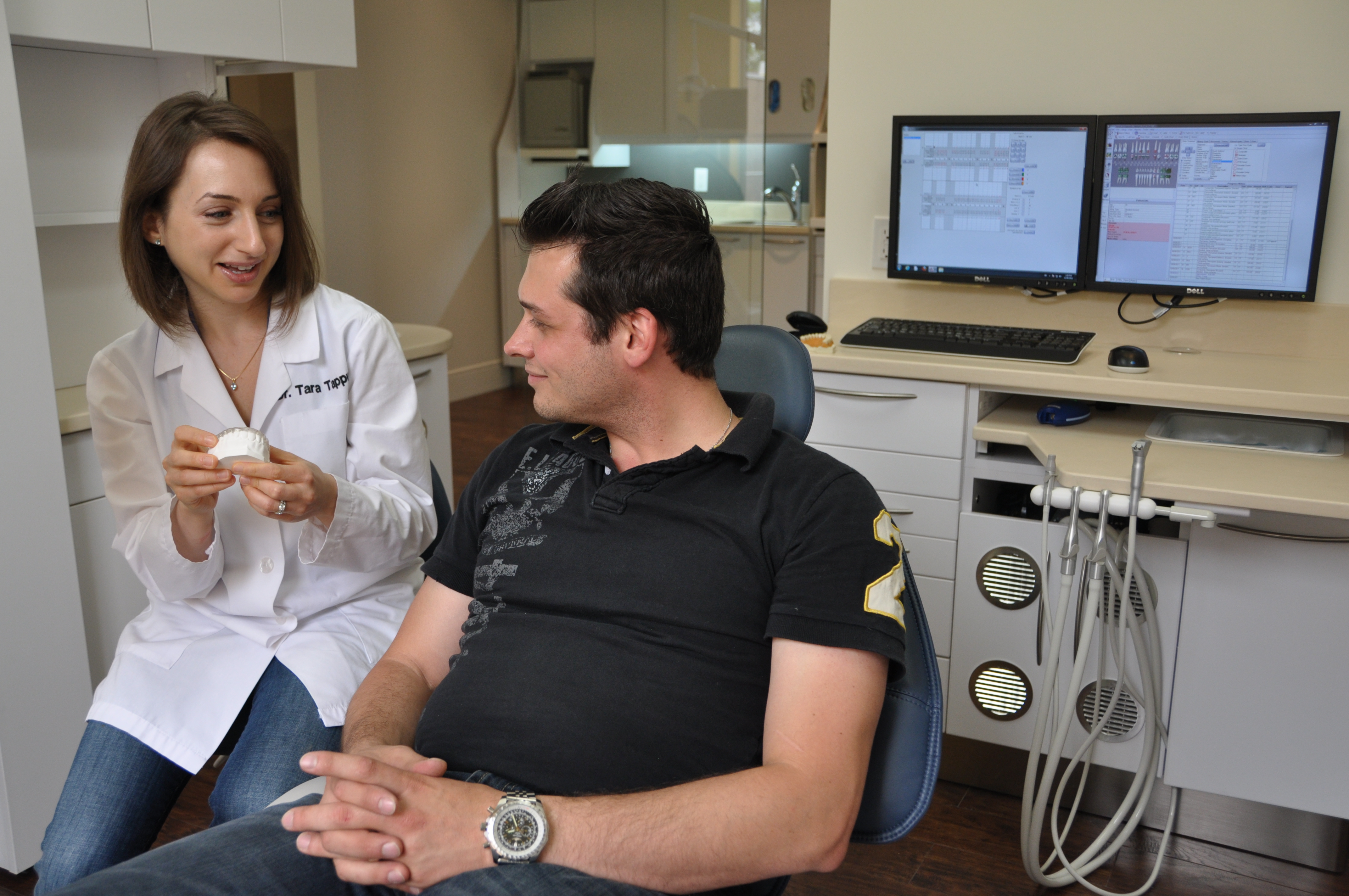
Dr. Tara Tappuni received her Bachelor of Science in Human Biology in 2000 and her Doctor of Dental Surgery in 2004, both from the University of Toronto. During her dental studies, she was awarded the James Branston Willmott Scholarship for highest academic achievement, the Omicron Kappa Upsilon award for high scholarship and the 3M Clinical Award for superior aptitude in restorative dentistry.
Upon her graduation, she moved to San Francisco to join a post-doctoral program in general dentistry at the University of Pacific to gain advanced training in the treatment of patients with complex multi-disciplinary needs. She was chosen as Chief Resident in her second year at the program to aid in the teaching of students and to continue her implant and smile-makeover cases. She was awarded the Top Resident award in both her years at the program.
Dr. Tappuni then worked in the San Francisco area for several years before returning to Thornhill where she opened Tappuni Dental, and now practises full-time at her clinic.
You’ve worked in San Francisco for several years before returning to Ontario to start your practice in Toronto. Tell us what was great about working in the US and what wasn’t…
Studying and working in California was a great experience for me and was a time when I really honed my skills as a dentist. After completing my Doctor of Dental Surgery degree at the University of Toronto, I decided to travel to the San Francisco area to join a post-doctoral program in general dentistry to gain advanced training in the treatment of patients with complex multi-disciplinary needs. There is really no equivalent to this type of program in Canada and itwas a huge boost to my dental education.I received intensive training in many specialties of dentistry and a confidence that would have taken years to attain otherwise. Upon completion of the program, I worked in private practice in the San Francisco Bay area. Much like Toronto, this is a very multi-cultural area and was a wonderful place to work. My patients were all very different and unique in their dental needs but all highly valued their oral health.
As far as qualifications and credentials are concerned, you’ve performed above and beyond in your own particular field. What motivated you to excel–any role models, family members, was it a true calling, or just plain ambition?
Dentistry is what I do best. I love it, I’m passionate about it and I want to do be exceptional. I don’t really think about it in terms of how many qualifications or credentials I have: my focus has always been on continually improving my skills as a dentist. My parents sacrificed and risked a lot to bring our family to Canada to start a new life. I feel very grateful for the opportunities that they gave me and continue to be grateful for the opportunities that I have to learn more and have a stronger impact on the community.
Is it true that the quality of your teeth, gums, and tongue can determine the diseases in your body? Someone even happened to mention that the health of your teeth is connected to your heart. Myth or reality?
Reality: you cannot be healthy without good oral health. Time and again, research has shown that there is an association between oral disease and other health problems such as diabetes, heart disease and stroke, respiratory illness in older adults, as well as pre-term and low-birth-weight babies. Although researchers are just beginning to understand this relationship, evidence shows that oral disease can aggravate other health problems and that keeping a healthy mouth is an important part of leading a healthy life.
Let us take your specific example of the relationship of the mouth to the heart. The bacteria involved in the inflammation of the gums and in periodontal disease can enter the bloodstream and travel to the arteries in the heart, cause hardening of the arteries and development of plaque on the inner walls, decreasing or blocking blood flow. This increases the risk of heart attack and stroke. The lining of the heart may become infected or inflamed causing endocarditis (inflammation of the heart).
The mouth is also a window to the body. Many systemic diseases present with oral manifestations as an early warning sign. Dentists can sometimes spot clues that hint at undiagnosed medical conditions.
Here’s the most pertinent question that I’m sure is on everyone’s tongue: Why is a visit to the dentist so expensive, and what can the Government of Canada do to alleviate this toothache, so to speak?
In Canada, we don’t have to pay directly when we visit a doctor or hospital, so we may not realize the high cost of providing health services in general. Dentistry is a healthcare profession where products and equipment are specialized and must pass rigorous health and safety regulations. Overhead costs are high for dentists. They have staff, equipment, materials and other operating costs. Also like many other professionals- lawyers, accountants, expert mechanics- dentists provide services customized to each client’s needs.
The good news is that you can minimizecostly dental treatment by brushing, flossing and visiting your dentist regularly for a dental exam. Regular dental exams are much less expensive than fixing serious dental problems that stem from neglect.
The other thing is the insurance offered that only ‘caps’ a few essentials and leaves out all of the rest. Since you’ve seen all the possible dental insurance plans, can you suggest something that helps both consumer and doctor, and vice versa?
Dental insurance plans can be complicated and may not cover all necessary services. Unfortunately, it is often not under the control of the patient as the plan is chosen by the employer. Still, it is to the patient’s advantage to be proactive, talk with the insurance company and understand the particulars of coverage. One thing that has benefited some people are Health Spending Accounts which allow individual Canadian Taxpayers to set aside pre-tax earnings for the express purpose of Health Care spending.
You’d mentioned that even as a dentist you need to upgrade every now and then, and I guess there is even classroom training, right? Care to tell us about this, and also about new techniques, and technologies in your field of work?
The practice of dentistry is constantly evolving and dentists must upgrade their knowledge and skills to meet the demands of changing practice environments and patient needs. As such, continuing education and practice enhancement are essential to maintaining the highest standards of professional care.
The Royal College of Dental Surgeons of Ontario, which is our regulatory body, has created a Quality Assurance Program for its member dentists. It is designed to help ensure that the knowledge, skill and judgement of Ontario dentists remain current throughout their careers. It requires dentists to complete a certain number of hours of continuing education in 3 different categories, including both lecture and hands-on.
Continuing education can be quite involved and consuming. For example, the Misch International Institute Surgical Implant Program that I completed is a full year lecture and hands-on training program. It trains general dentists in advanced implant procedures at the hands of leading experts in implantology.
New technologies have infiltrated many aspects of dentistry and are improving the quality and comfort of dental services. Here are some examples of advances in the dental field:
Digital imaging (versus traditional x-rays) give instant images projected onto a computer screen with superior quality and detail, up to 90% less radiation for patients and no toxic development chemicals.
Dental implants, which are medical grade titanium anchors, are a wonderful way to replace your missing teeth and preserve the integrity of surrounding bone.
Electric handpieces (versus traditional air driven) allow more precise preparation with much less noise and chatter.
Intra-oral camera is an ultra-short focal length camera that takes pictures of your teeth and mouth and displays them on digital screens, helping the dentist to better study and explain your oral conditions and come up with the finaldiagnosis.
Three-dimensional imaging has helped us better understand the anatomy of jaw structures and provide more predictable treatments.
CAD/CAM technology provides dentists with durable and well-fitted restorations more efficiently
Last but not the least, laser dentistry has the potential to provide more precision when treating oral tissues.
What does the future of dentistry look like to you? Also what words of advice could you give the new generation who want to pursue this career?
The healthcare landscape as a whole is moving away from a model that focuses on disease treatment, toward a model that focuses on the patient and on population health, wellness and prevention. This is a huge benefit to the new generation which is able to ward off dental problems with improved dental IQ, good home care and regular preventive dental visits.
Dentistry is a field where good technical skills are always critical. It is also important to be a good educator with a keen interest in the well-being of the community. For the new generation of dentists, this will become even more important as the role of patient education in oral health becomes more central.
You seem to have perfected the art of bedside manner as far as a Doctor is concerned. However, not many doctors have that technique. Is it learned, or acquired, would you care to divulge?
I have always regarded all my patients as family and friends and as such have given them the same amount of care and concern. As it happens, empathy in healthcare is very important, as it enables the practitioner to understand the patient’s state of mind and develop a deeper understanding of the patient’s needs. In this way, a positive doctor-patient relationship can improve the outcome of treatment.
Jude Paul Fernandes / jude@thesouthasiannews.com


 South Asian News E-Paper
South Asian News E-Paper Punjabi News E-Paper
Punjabi News E-Paper






